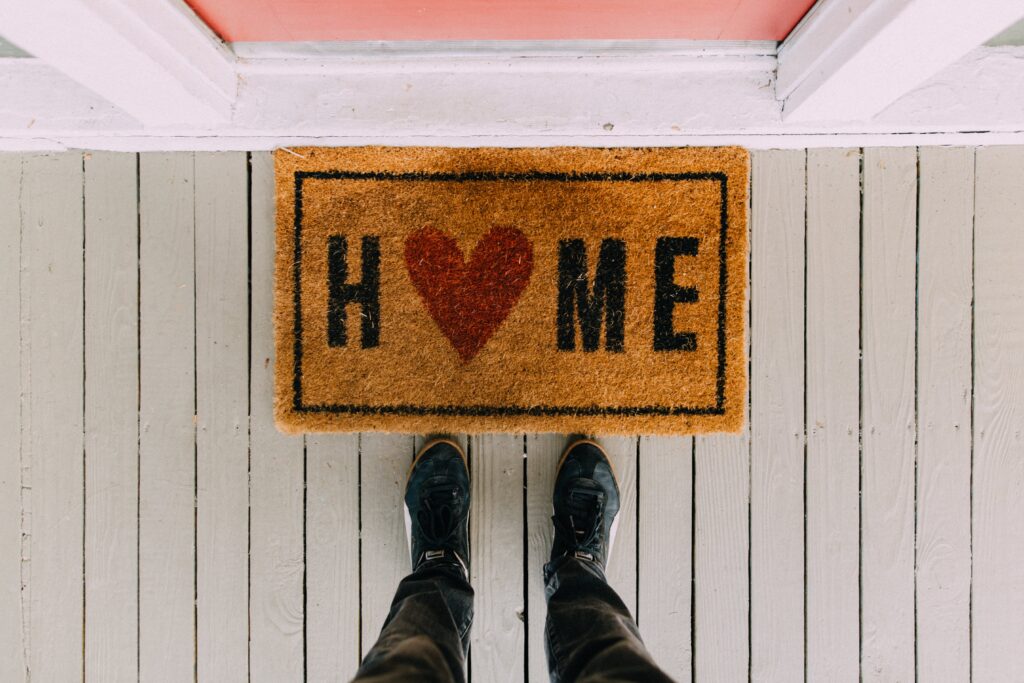Introduction: Home is where comfort begins, and for families with autistic members, creating a sensory-friendly haven is paramount. At First Step Autism Center, we delve into practical tips and creative ideas to design a home environment that nurtures sensory well-being and fosters a sense of calm. Sensory-Friendly Home Environment.

Understanding Sensory Sensitivities: Start by understanding your child’s sensory sensitivities. Recognizing whether they are sensitive to light, sound, touch, or smell provides a foundation for tailoring the home environment to their unique needs.
Creating a Calming Bedroom: Transform the bedroom into a sanctuary of serenity. Soft lighting, cozy textures, and soothing colors can contribute to a calming atmosphere, promoting relaxation and better sleep.
Designated Sensory Spaces: Consider creating designated sensory spaces within the home. These areas, equipped with sensory-friendly tools like fidget toys, weighted blankets, or sensory bins, provide a retreat for your child to regulate their sensory experiences.
Adjustable Lighting Solutions: Explore adjustable lighting options to cater to your child’s preferences. Dimmer switches, blackout curtains, or colored LED lights can be effective in managing the visual environment and creating a comfortable ambiance.
Soft and Cozy Textures: Incorporate soft and cozy textures throughout the home. Plush rugs, comfortable cushions, and sensory-friendly fabrics can enhance tactile comfort and create inviting spaces.
Noise Management Strategies: Implement noise management strategies to minimize auditory stress. This can include using noise-canceling headphones, creating quiet zones, or introducing soothing background sounds like white noise or gentle music.
Sensory-Friendly Mealtime Setup: Mealtime can be a sensory-rich experience. Opt for non-distracting tableware, consider the texture of foods, and create a consistent mealtime routine to support your child’s sensory needs during this daily activity.
Nature-Inspired Spaces: Connect with nature within the home environment. Indoor plants, nature-inspired artwork, or a small indoor garden can bring the calming elements of the outdoors inside.
Visual Supports and Timers: Integrate visual supports and timers to aid in transitions and routine management. Visual schedules, countdown timers, and clear visual cues provide structure and predictability, reducing anxiety.
Encouraging Independence: Empower your child to make choices within their sensory-friendly environment. Allowing them to have control over aspects like room decor, lighting, or sensory tools fosters a sense of independence and ownership.
Conclusion: Crafting a sensory-friendly home environment is a journey of love and understanding. First Step Autism Center is here to support parents and students in creating spaces that honor sensory well-being, providing a foundation for comfort, growth, and joy.

